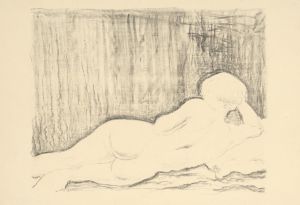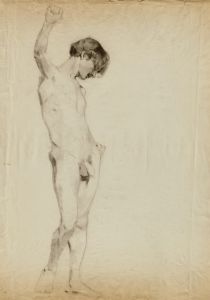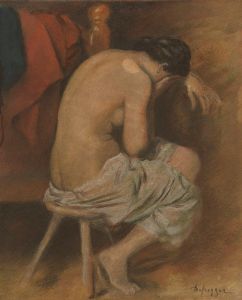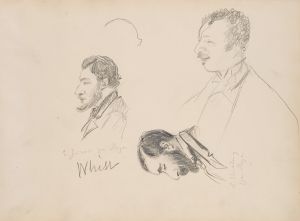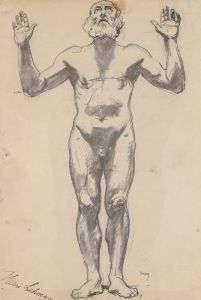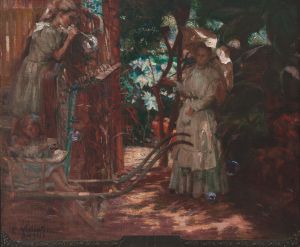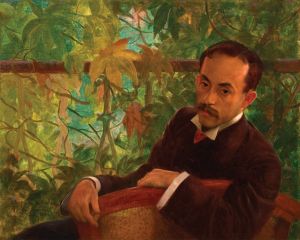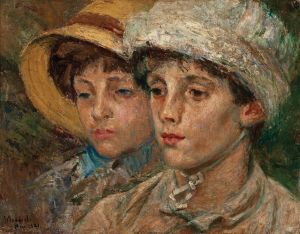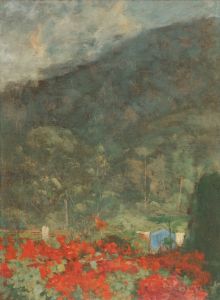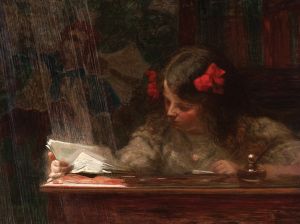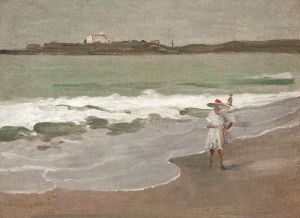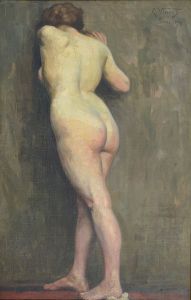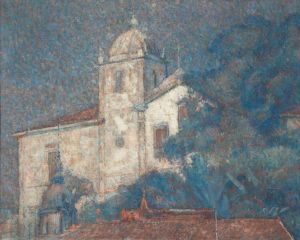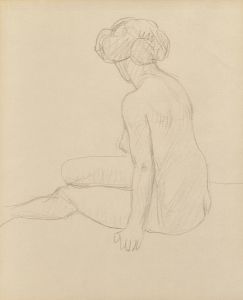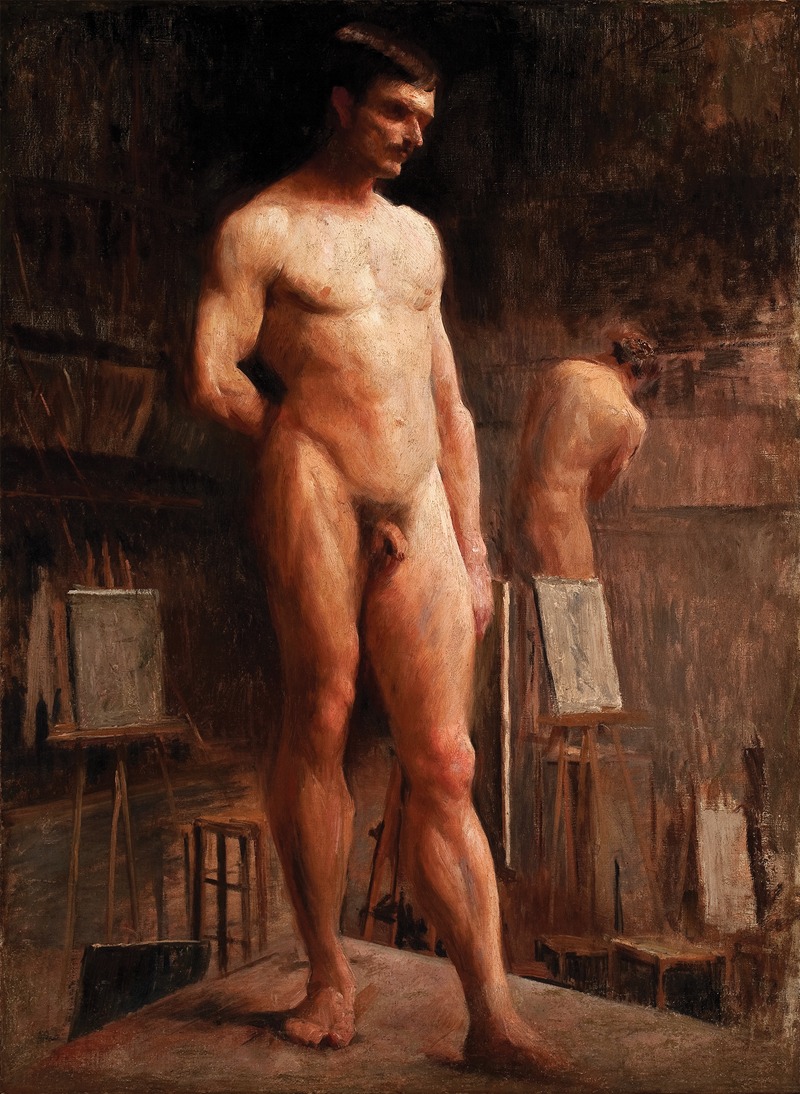
Nu masculino de frente
A hand-painted replica of Eliseu Visconti’s masterpiece Nu masculino de frente, meticulously crafted by professional artists to capture the true essence of the original. Each piece is created with museum-quality canvas and rare mineral pigments, carefully painted by experienced artists with delicate brushstrokes and rich, layered colors to perfectly recreate the texture of the original artwork. Unlike machine-printed reproductions, this hand-painted version brings the painting to life, infused with the artist’s emotions and skill in every stroke. Whether for personal collection or home decoration, it instantly elevates the artistic atmosphere of any space.
Eliseu Visconti was a prominent Brazilian artist known for his contributions to the development of modern art in Brazil. Born in 1866 in Salerno, Italy, Visconti moved to Brazil with his family at a young age. He became one of the most influential figures in Brazilian art, known for his versatility and mastery in various artistic styles, including Impressionism and Symbolism. Visconti's work spans painting, drawing, and design, and he played a significant role in the introduction of Art Nouveau to Brazil.
One of his notable works is "Nu masculino de frente," which translates to "Male Nude from the Front." This painting is an example of Visconti's skill in capturing the human form with a sense of realism and sensitivity. The artwork reflects his academic training and his ability to blend traditional techniques with modern influences. Visconti studied at the National School of Fine Arts in Rio de Janeiro and later in Paris, where he was exposed to the avant-garde movements of the time. This exposure influenced his approach to art, allowing him to incorporate elements of Impressionism and Symbolism into his work.
"Nu masculino de frente" showcases Visconti's attention to detail and his understanding of anatomy. The painting depicts a male figure in a frontal pose, highlighting the artist's ability to render the human body with precision and grace. Visconti's use of light and shadow adds depth to the composition, creating a lifelike representation of the subject. The painting is characterized by its subtle color palette and the delicate handling of the figure's form, demonstrating Visconti's skill in balancing realism with artistic expression.
Throughout his career, Visconti was committed to exploring the human figure, often using it as a central theme in his work. His nudes are celebrated for their elegance and the way they convey a sense of dignity and introspection. "Nu masculino de frente" is a testament to Visconti's ability to capture the essence of his subjects, presenting them in a way that is both realistic and imbued with a sense of inner life.
Visconti's contributions to Brazilian art extend beyond his paintings. He was also a pioneer in the field of decorative arts and played a significant role in the design of the interiors of the Municipal Theatre of Rio de Janeiro. His work in this area further demonstrates his versatility and his commitment to integrating art into everyday life.
Eliseu Visconti's legacy is marked by his dedication to advancing Brazilian art and his influence on subsequent generations of artists. His works, including "Nu masculino de frente," continue to be studied and admired for their technical excellence and their ability to convey the beauty and complexity of the human experience. Visconti passed away in 1944, but his contributions to the art world remain significant, and his paintings are held in high regard in both Brazilian and international art circles.





